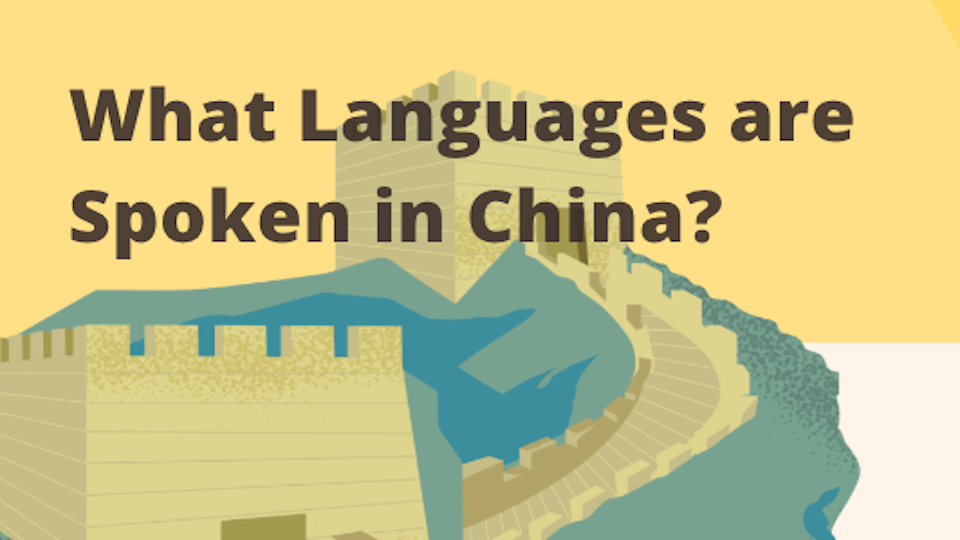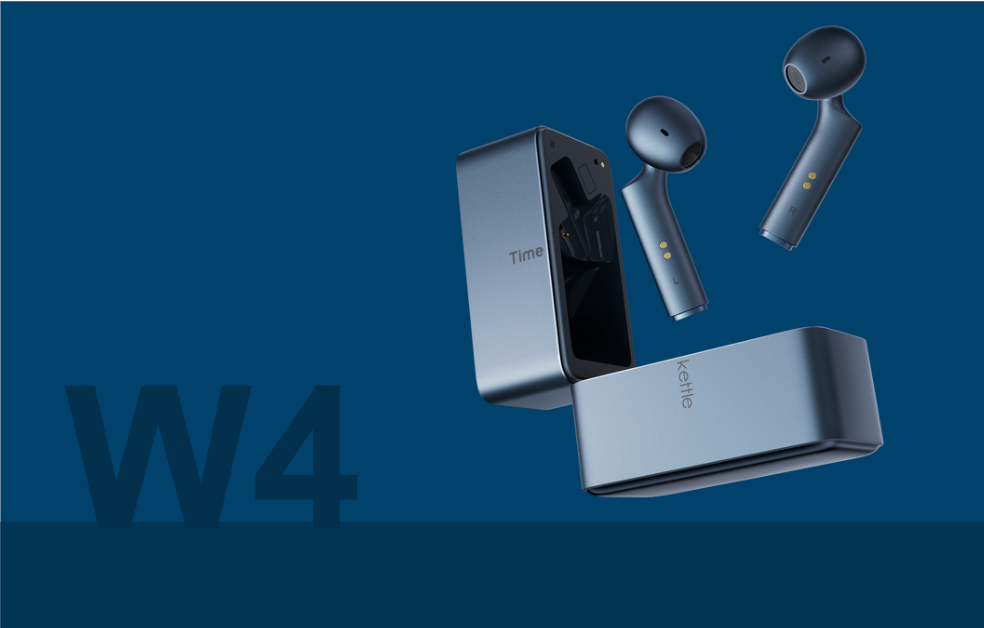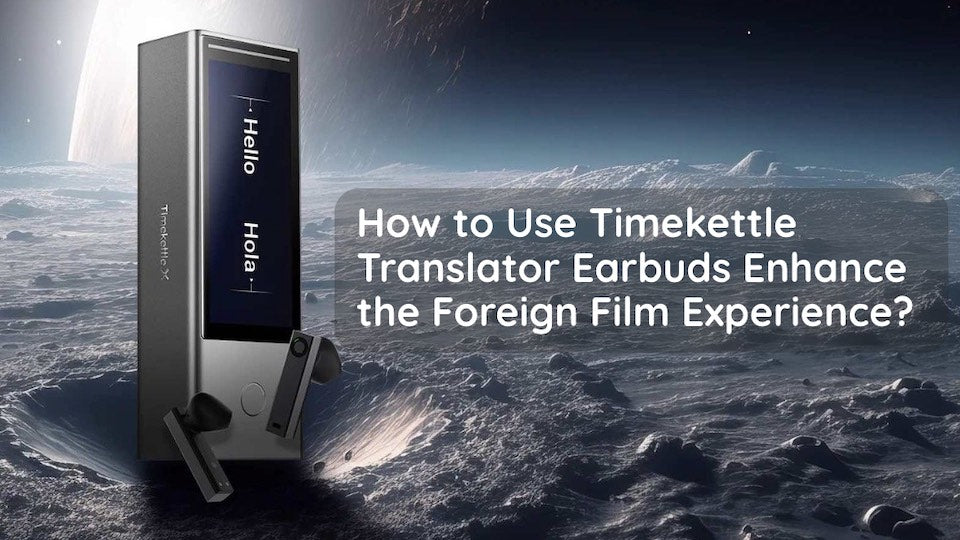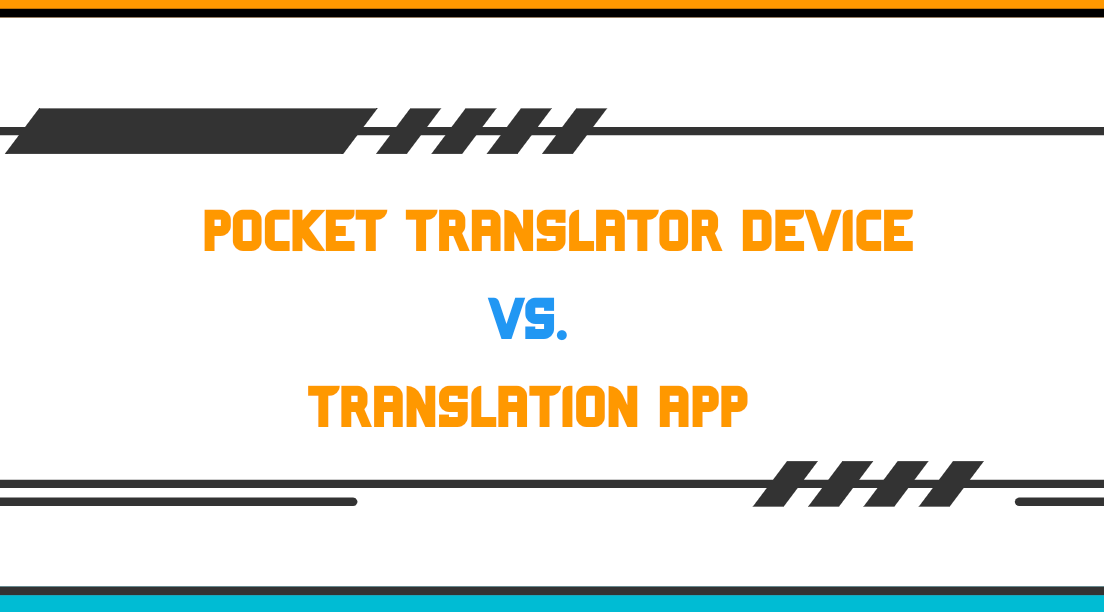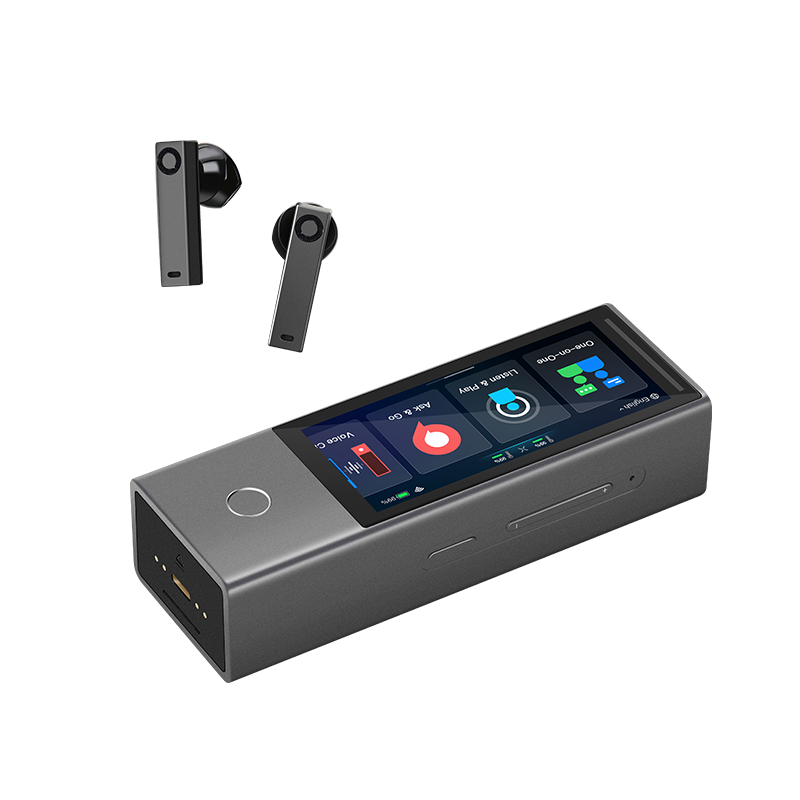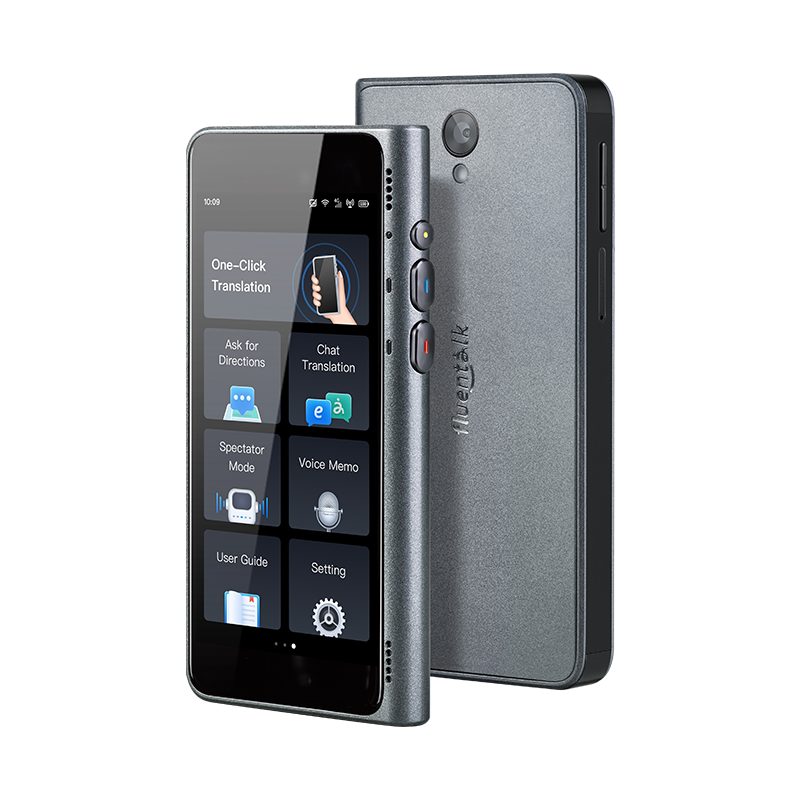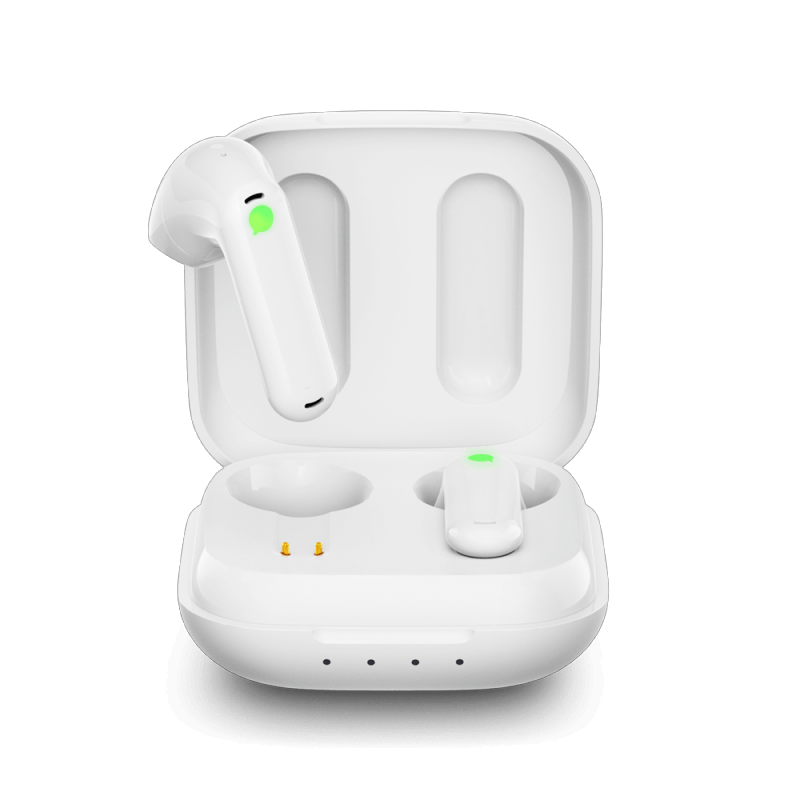
Mastering Automated Language Translation: Best Practices for Business Success
In today’s world, breaking language barriers is no longer a nice to have – it’s a must have for business growth. Automated translation has changed how companies communicate across borders and it’s faster and more efficient than ever. But how do you ensure your automated translations really resonate with international audiences? This guide covers the basics of automated translation technology and practical tips to optimize your localization strategy.
What is Automated Translation?
Automated translation is the process of converting text or speech from one language to another using technology. Unlike traditional translation methods that rely on human translators, automated solutions use algorithms to process and translate content across languages.
What’s the difference between automatic translation and machine translation?
Automatic translation and machine translation are often used interchangeably but there’s a slight difference. Machine translation refers to the AI engines that do the translation work while automatic translation is the broader process that includes the workflow systems that implement machine translation as part of a larger localization strategy. Modern automatic translation systems use neural machine translation (NMT) which uses artificial neural networks to predict the probability of word sequences resulting in more fluent and contextually accurate translations than the older statistical or rule-based approaches.
Modern translation tools can do real-time, contextual translations across multiple languages at the same time. These systems have come a long way in the past few years from basic word-for-word translations to nuanced translations that consider cultural context and industry terminology. The technology can now handle everything from website content and product descriptions to customer support conversations and technical documentation.
How Does Automated Translation Work?
Behind every automated translation system is a complex combination of artificial intelligence, machine learning and natural language processing (NLP). These technologies work together to not just translate words but to understand and preserve meaning across languages.
The foundation of any good translation system is extensive data collection and training. Translation engines are built on massive datasets of multilingual text pairs that help the system learn patterns and relationships between languages. The more high-quality data the system processes, the more accurate the translations become. This is where neural machine translation (NMT) comes in – the latest translation technology.
NMT uses artificial neural networks to predict the likelihood of word sequences, so translations sound more natural. Unlike older statistical methods, NMT considers the entire sentence context rather than translating segments in isolation. This contextual understanding allows the system to capture nuances, idioms and cultural references that might otherwise be lost in translation. Many modern translation platforms also have post-editing capabilities where human reviewers can review machine translated content. This hybrid approach gives you the speed of automation and the precision of human expertise for better translations that keep your brand voice and technical accuracy.
Most advanced translation platforms also have post editing capabilities where human reviewers can fine tune machine generated translations. This hybrid approach combines the speed of automation with the expertise of humans, resulting in better translations that maintain brand voice and technical accuracy.
Key Benefits of Using Automatic Translation
Cost
Auto-translation can save you a lot of localization costs. Human translation costs between $0.10-$0.30 per word, which adds up fast for large volumes of content. Auto-translation can cut those costs by up to 80% so you can translate content that would otherwise be stuck in one language due to budget constraints.
For companies with a lot of documentation or frequently updated content, those savings add up over time. Resources previously allocated to routine translation work can be repurposed to higher value activities like creative marketing adaptation or culturally-sensitive content creation.
Speed
Speed is one of the biggest advantages of auto-translation. Human translators can process 2,000-3,000 words a day, while machine translation systems can translate millions of words in minutes. This is huge! You can respond to market opportunities and stay agile in your global operations.
This speed is especially valuable for time-sensitive content like news articles, customer support responses or product updates. You can now provide near real-time multilingual support and information to your international customers and partners.
Scalability
Auto-translation is great at handling large volumes of content across multiple languages at the same time. Unlike human translation teams that struggle with sudden increases in workload, machine translation systems can scale to any project size without delay.
This means you can translate more content types than would be economically possible with human translation alone. Product descriptions, knowledge base articles, internal communications and other previously untranslated content can now be translated into multiple languages and improve customer experience and employee productivity across global operations.
Efficiency
By automating routine translation tasks, you can streamline your localization workflows. Content that previously required complex management across multiple translators and reviewers can now follow a more direct path from creation to publication with human expertise applied only where it adds the most value.
Auto-translation also means you can update content more frequently across all language versions. Instead of waiting for complete human retranslation of revised content, you can update your multilingual assets and ensure information consistency across all markets and reduce the risk of outdated content being accessible.
8 Best Practices for Automated Translations

1. Define Your Translation Goals
Before you start any automated translation solution, define what you want to achieve. Are you translating customer facing content that needs to be perfect or internal documents where speed is more important than style? Knowing your priorities will guide your tool and process choices.
Set key performance indicators (KPIs) to measure success, such as translation turnaround time, cost savings or customer engagement metrics in new markets. Having concrete goals will allow you to measure your translation strategy and make data driven decisions as needed.
2. Choose the Right Translation Tool
Not all translation tools are created equal. Some are great for technical documentation, others for marketing content or real-time chat. Research different options and choose a translation management system that fits your content types and language pairs.
Consider factors like integration with your existing content management system (CMS), file formats supported and scalability as your translation needs grow. Many platforms offer free trials or demo versions so you can test before you commit.
3. Leverage Glossaries and Style Guides
Create comprehensive glossaries of industry specific terminology and brand vocabulary to ensure consistency across all translations. These resources help automated systems recognize and translate specialized terms that might otherwise be misinterpreted.
Develop language specific style guides that outline tone of voice, formatting and cultural considerations for each target market. These guides are valuable references for the translation system and any human reviewers involved in the process.
4. Use Human Post-Editing
Automated translation has come a long way but human expertise is still invaluable for fine tuning machine output. Implement a post-editing workflow where skilled linguists review and polish automated translations, especially for high visibility content like marketing materials or legal documents.
The combination of machine speed and human judgment creates an efficient localization workflow that maintains quality while reducing time-to-market. Over time feedback from post-editors can be fed back into the translation system to improve its performance.
5. Train the Model with Your Data
Generic translation models may struggle with your company’s terminology and writing style. Many advanced translation platforms allow you to train their systems using your own bilingual content, creating custom models that fit your needs.
Invest time in building high quality training datasets that include previously translated content reviewed by professional linguists. This custom training will significantly improve translation accuracy for your content types and subject matter.
6. Monitor Translation Quality
Have a consistent quality assessment process to measure your automated translations. This could be sampling translated content for review, tracking error rates or back-translation checks (translating the translated content back to the original language to find differences).
Set clear quality thresholds and take action when translations fail to meet them. Monitoring regularly will help you find patterns of errors that can be fixed through system updates or additional training data.
7. Feedback Mechanisms
Create channels for end-users and team members to give feedback on translation quality. This could be simple rating systems, comment forms or dedicated feedback sessions with international teams.
This continuous localization approach means your translation system evolves based on real-world usage and user needs. User feedback often highlights things that automated quality metrics might miss, such as cultural appropriateness or brand voice.
8. Keep Up with Software Updates
Translation technology moves fast, with new language AI capabilities emerging all the time. Stay in touch with your translation solution provider and implement updates as soon as possible to get the benefits of new algorithms and features.
Schedule regular reviews of your translation technology stack to see if newer solutions might better serve your evolving needs. What was state-of-the-art a few years ago might now be outperformed by newer neural machine translation systems.
5 Use Cases for Automated Translations
E-commerce Localization
Online retailers use automated translation to localize product descriptions, customer reviews and checkout processes for international markets. This content localization allows businesses to reach global customers in their native languages and increase conversion rates and reduce cart abandonment.
By using translation memory systems that store previously translated segments, e-commerce platforms can maintain consistent terminology across product catalogs and reduce translation costs for repetitive content.
Customer Support
Multilingual customer support is now achievable for companies of all sizes with automated translation. Support teams can respond to customer queries in multiple languages without having to have staff fluent in each language.
Real-time translation tools integrated with chat platforms and knowledge bases allow support agents to assist across language barriers. While complex issues may still require human translators, automated solutions can handle a lot of routine customer interactions.
Content Management Systems
Modern CMS platforms are increasingly including translation capabilities directly into their workflows. This means continuous localization where new or updated content is automatically flagged for translation and processed through predefined workflows.
The seamless connection between content creation and translation systems reduces administrative overhead and ensures multilingual versions stay in sync as the main content evolves.
Software Localization
Software developers use automated translation to localize user interfaces, documentation and help content. By extracting translatable strings from code and automating the translation process, development teams can release products in multiple languages at the same time.
Translation management systems designed for software localization can maintain context for UI elements and ensure translated text fits within space constraints across different languages.
Healthcare and Medical Research
In healthcare, automated translation enables communication between providers and patients who speak different languages. While medical information is critical and requires professional translation, automated tools can help with intake forms, general information and basic communication.
Medical researchers use translation technology to access and analyze studies in other languages, to speed up the global sharing of knowledge and potentially lead to faster medical breakthroughs.
Conclusion
Automated language translation has made global business communication more accessible and affordable than ever. By following the best practices in this guide—from setting clear goals and choosing the right tools to implementing feedback mechanisms and regular quality monitoring—your organization can get the most out of translation technology and avoid common pitfalls.
The best approach combines the efficiency of automation with strategic human oversight, a balanced localization workflow that scales across markets while keeping brand integrity. As language AI evolves, businesses that think about translation today will be ready for international growth tomorrow.
FAQs
What’s the difference between machine translation and human translation?
Machine translation uses algorithms and AI to automatically translate text between languages, speed and cost. Human translation relies on linguists who bring cultural understanding and context to their work. Many businesses now use a hybrid approach where machine translation provides the first draft and human post-editing for optimal quality.
How accurate is automated translation?
Accuracy varies greatly depending on language pair, content type and translation system. Modern neural machine translation can achieve great results for common language pairs and simple content, sometimes up to 90-95% accuracy. Idiomatic expressions, cultural references and specialized terminology still challenge automated systems.
Can automated translation handle industry-specific terminology?
Yes, but it requires customization. Generic translation engines struggle with specialized vocabulary but most advanced translation platforms allow you to create custom glossaries and train the system with industry-specific content. This improves accuracy for technical, legal, medical or other specialized fields.
How do I measure the ROI of automated translation?
Key metrics are time savings compared to traditional translation methods, cost per word or project, engagement in international markets and customer satisfaction scores across language versions. Track these metrics before and after implementation to see the business impact of your automated translation strategy.
Is automated translation suitable for all types of content?
Not necessarily. Automated translation works well for technical documentation, product descriptions and support content but highly creative or culturally nuanced content (like marketing slogans or brand storytelling) often benefits from human translation. Consider the purpose, audience and brand sensitivity of each content type when deciding your approach.

